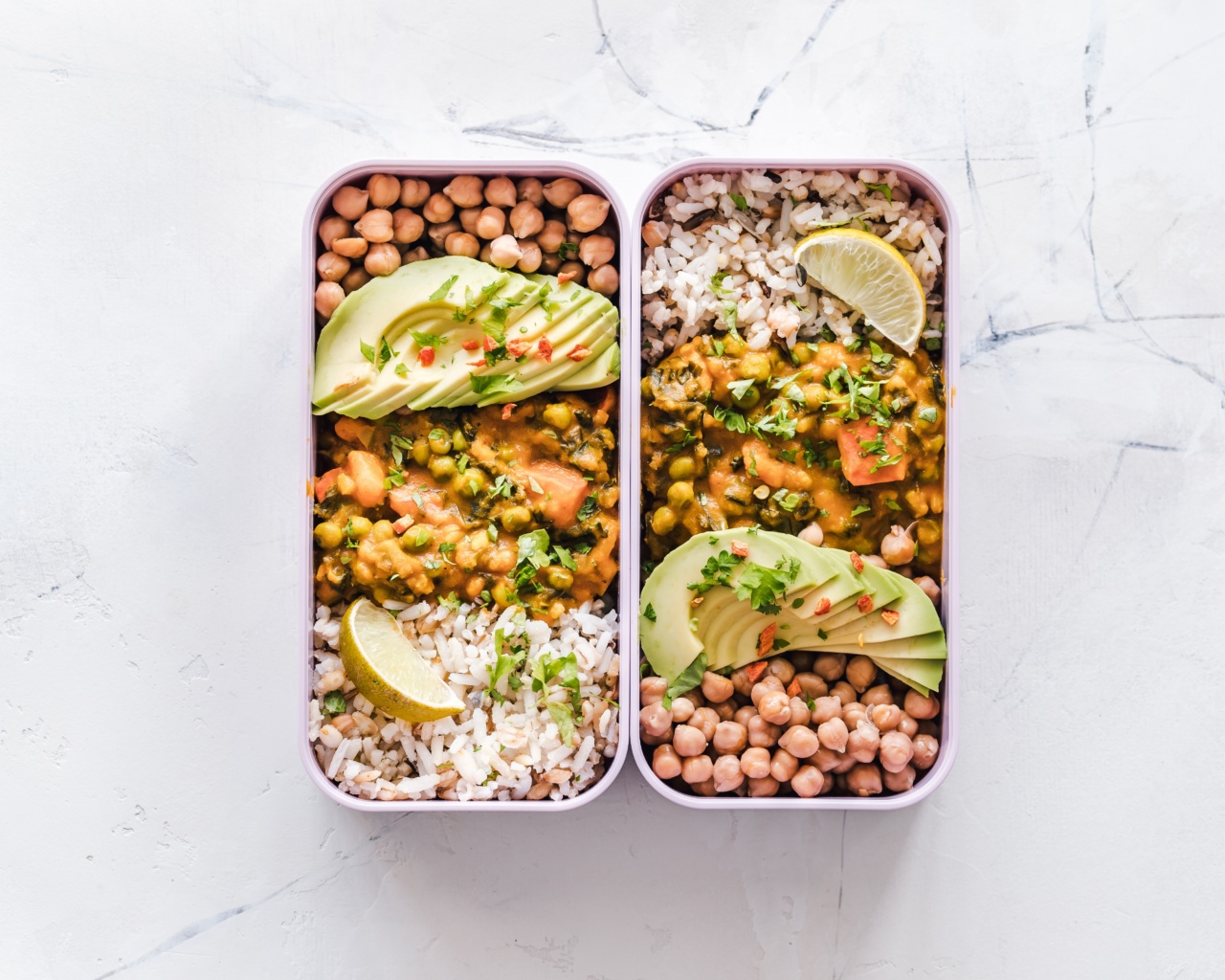Gas and bloating are common digestive issues that can cause discomfort and embarrassment. While some level of gas is normal, excess gas production and bloating can be indicative of underlying digestive issues or certain dietary choices.
The foods we consume play a major role in the production of gas and bloating. In this article, we will explore the top 5 foods that are known to contribute to gas and bloating.
1. Legumes
Legumes, which include beans, lentils, chickpeas, and soybeans, are excellent sources of plant-based protein and fiber. However, they can also lead to increased gas production.
Legumes contain oligosaccharides, a type of complex carbohydrate that humans cannot digest properly. As a result, these undigested carbohydrates reach the large intestine, where they are fermented by gut bacteria, causing gas and bloating.
To minimize gas and bloating from legumes, it is recommended to soak them overnight and rinse them thoroughly before cooking. This helps reduce the levels of oligosaccharides and makes them easier to digest.
2. Cruciferous Vegetables
Cruciferous vegetables like broccoli, cauliflower, cabbage, and Brussels sprouts are highly nutritious and packed with vitamins and minerals.
However, they also contain a type of sugar called raffinose, which is not easily broken down by the human digestive system. As a result, these vegetables can contribute to gas and bloating.
Cooking cruciferous vegetables can help break down the raffinose and make them easier to digest. Additionally, slowly increasing your intake of these vegetables over time can allow your gut bacteria to adapt and better tolerate them.
3. Carbonated Drinks
Carbonated drinks, including sodas, sparkling waters, and fizzy beverages, can introduce excess gas into your digestive system. When you consume carbonated drinks, you also swallow air, which contributes to bloating.
To reduce gas and bloating caused by carbonated drinks, it is advisable to opt for non-carbonated alternatives like herbal teas, infused water, or simply plain water. This can help prevent excess gas accumulation and alleviate discomfort.
4. Dairy Products
Dairy products like milk, cheese, and ice cream contain lactose, a natural sugar found in milk.
However, many individuals have difficulty digesting lactose due to lactase deficiency, a condition in which the body lacks the enzyme necessary to break down lactose properly. This can lead to increased gas production, bloating, and other digestive discomforts.
If you suspect lactose intolerance, you can try consuming lactose-free dairy products or opt for non-dairy alternatives such as almond milk, coconut milk, or tofu-based products.
These alternatives can help minimize digestive symptoms associated with lactose intolerance.
5. Artificial Sweeteners
Artificial sweeteners like sorbitol, mannitol, and xylitol are commonly found in sugar-free foods and beverages, including chewing gums and diet drinks.
While they may provide a sugar-free alternative, they are not easily digested and can ferment in the gut, leading to excess gas and bloating.
Choosing natural sweeteners like stevia or consuming foods with natural sugars in moderation can be a better option for those who experience gas and bloating from artificial sweeteners.
Conclusion
Gas and bloating can be uncomfortable and interfere with daily life. While these symptoms can be caused by various factors, including underlying digestive conditions, certain foods are known to contribute to gas and bloating.
By being aware of these foods, understanding portion sizes, and making dietary modifications, individuals can minimize gas and bloating and improve their overall digestive health.




























